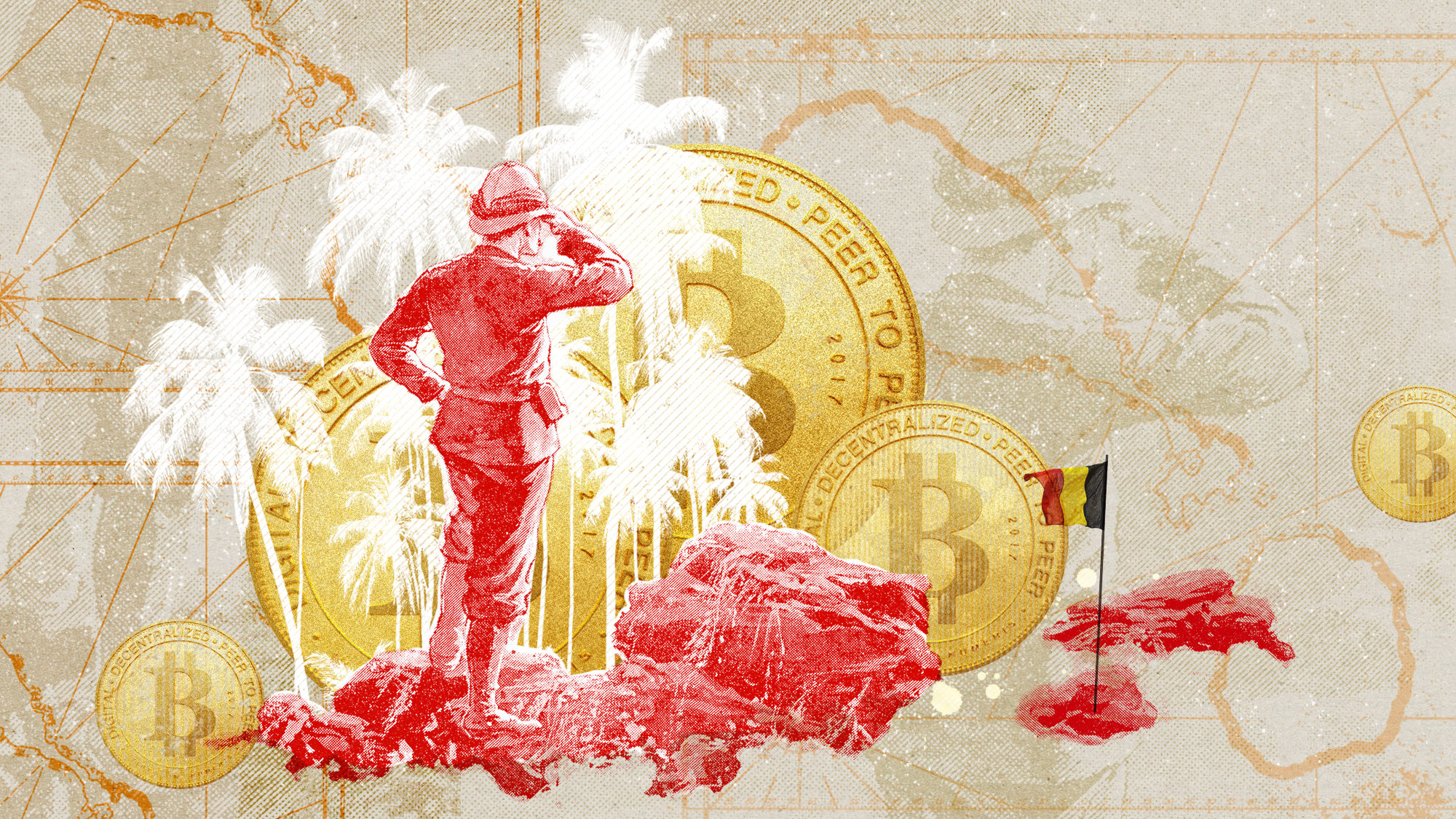This week’s travel dream: Transylvania’s charming medievalism
Central Romania may be most remarkable today as a window into the Middle Ages; one expert calls it Europe’s “last example of an intact medieval landscape.”
Transylvania is much more than a land of myth, said Amy Alipio in National Geographic Traveler. Though “horror-movie fans and English-lit majors” mostly associate the region and its historic name with Dracula, central Romania may be most remarkable today as a window into the Middle Ages. Here amid the Carpathian Mountains and their foothills lie fortified Gothic villages, centuries-old churches, and, according to one expert, Europe’s “last example of an intact medieval landscape.” Visitors might be drawn to the region by Bram Stoker’s vampire tale, but they’re won over by “a life lived close to the land,” a life where farms are still small, food is locally grown, and harvest festivals remain among the highlights of the year.
Our weeklong itinerary had us “threading our way through Transylvania’s cultural quilt,” from Marginimea Sibiului, a Romanian stronghold in a historically Germanic area, to the rural, “Hungarian-flavored” region of Székelyföld. As we drove from one village to another in Marginimea Sibiului, we passed sheep grazing on town greens and fairy-tale-looking houses “awash in bright hues: salmon pink, hospital green, and a purple shade I associate with my preteen obsession with Donny and Marie Osmond.” Cows stood “patiently waiting” outside wooden gates that were adorned with “painted religious icons.”
As we ventured toward Székelyföld, we couldn’t resist stopping at Bran Castle, the 14th-century fortress commonly said to have been a haunt of the prince known as Vlad the Impaler. A labyrinth of 57 rooms and secret passages, the castle felt “sufficiently Gothic.” But I was more captivated by our accommodations for the night. Upon entering the Inn on Balaban, a domicile “as spruce and clean as the mountain air,” we were greeted by a housekeeper dressed in a folk outfit and offering tuica, the local plum brandy. We watched snow fall on the mountaintops outside while savoring a “hearty, paprika-laced pork stew.” The next morning, driving through Székelyföld, we meandered past farmers plucking potatoes from the ground and shepherds draped in coats of sheep wool. As we neared our destination, the guesthouse of a true Transylvanian count, I wasn’t thinking that I’d gladly come back. I was thinking: “I could live here.”
The Week
Escape your echo chamber. Get the facts behind the news, plus analysis from multiple perspectives.

Sign up for The Week's Free Newsletters
From our morning news briefing to a weekly Good News Newsletter, get the best of The Week delivered directly to your inbox.
From our morning news briefing to a weekly Good News Newsletter, get the best of The Week delivered directly to your inbox.
Contact: romaniatourism.com
A free daily email with the biggest news stories of the day – and the best features from TheWeek.com
-
 Critics’ choice: The year’s top 10 movies
Critics’ choice: The year’s top 10 moviesFeature ‘One Battle After Another’ and ‘It Was Just an Accident’ stand out
-
 The small Caribbean island courting crypto billions
The small Caribbean island courting crypto billionsUnder the Radar Crypto mogul Olivier Janssens plans to create a libertarian utopia on Nevis
-
 Political cartoons for December 21
Political cartoons for December 21Cartoons Sunday’s political cartoons include Christmas movies, AI sermons, and more